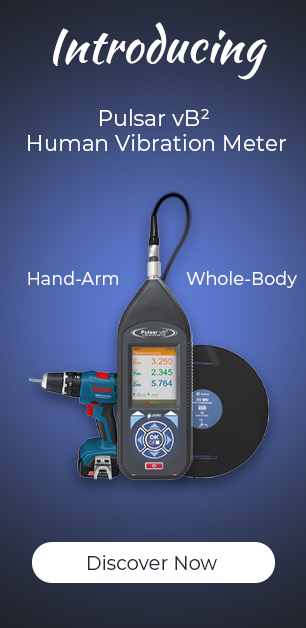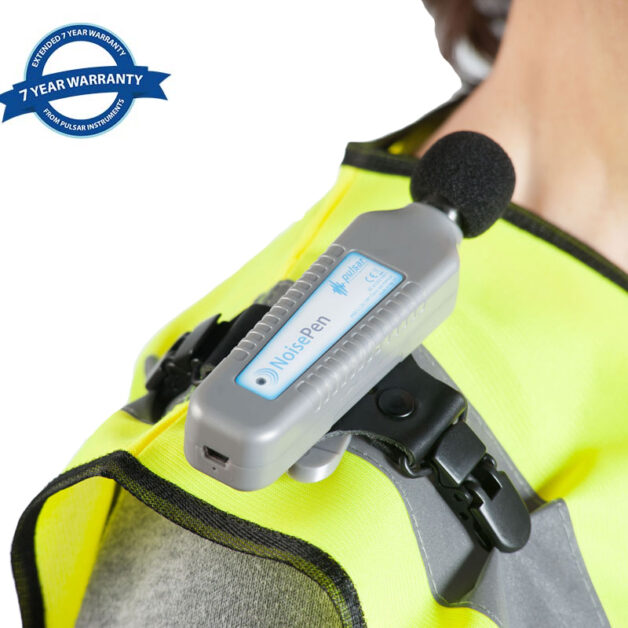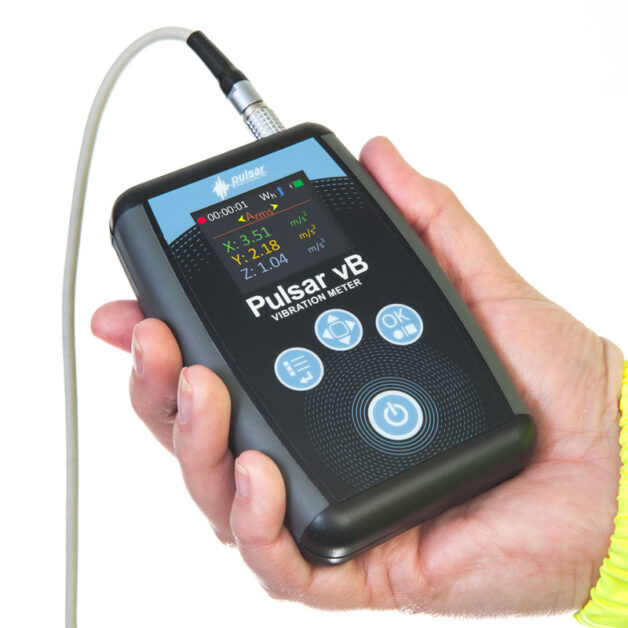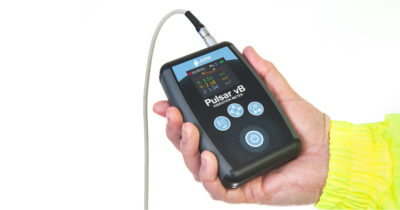Low hand or body temperature can increase the risks of Hand Arm Vibration Syndrome (HAVS) symptoms occurring including finger blanching and damage because of reduced blood circulation. One of the key ways of preventing hand arm vibration syndrome then is to keep hands warm for workers who are exposed to vibration, and especially for those who may be more vulnerable to complications from poor circulation such as diabetics and those with existing Reynaud’s Disease. Here are 8 top tips for keeping warm to help prevent HAVS.
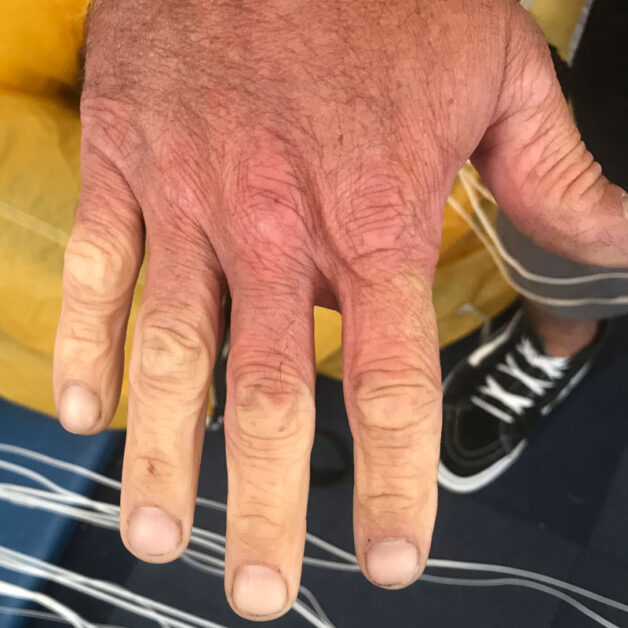
8 top tips for Hand Arm Vibration Syndrome Prevention
- Stay warm, don’t get warm. It is a lot less work to keep fingers warm compared with getting already-cold fingers warm. So focus on employees starting out warm and staying warm with the help of a good pair of quality gloves. More than one set may be needed for employees if gloves or clothing are likely to become wet (see below). Gloves need to be a good fit and effective in keeping hands warm and dry. They should be selected to ensure that they not not stop employees working safely and do not present a risk of entanglement in machinery.
- Stay dry. Wet hands are cold hands, so you need to keep your hands dry. Provide waterproof gloves to keep moisture from getting in from the outside, but be mindful of overheating and getting sweaty; a layering system consisting of lightweight or mid-weight liner gloves worn under a warm, waterproof shell gives you the option to wear only the liner gloves when you’re hot and pull the outer shells on when you cool down.
- Block the wind. A waterproof glove, (as above), is naturally windproof, and protecting hands from icy winds will help keep them warm.
- Take care of your core. When your fingers are cold, it’s natural to focus on what you’re wearing on your hands. But by wearing layers and keeping your core warm you’ll be able to pump heat out to your extremities, like fingers and toes. Providing hot drinks and warm food can also help maintain a good core temperature.
- Avoid tight clothing. Watch straps, tight cuffs or gloves or mittens with wristbands can cause poor circulation and result in really chilly hands.
- Watch your grip! Hands stuck in a gripped position for a long-time can make it tougher for blood to reach them. Exercise your fingers and arms with simple moves every now and again, such as wiggling your fingers and making arm circles to improve circulation.
- Add heat. Hand warmer packets can be a great way to warm fingers, especially for people who are already prone to cold fingers or who have poor circulation.
- Keep work places warm and dry. Cold breezes and damp environments can make it difficult to stay warm. Likewise providing screening or shelter for outdoor workers in cold, wet or windy conditions will help.
Other measures for preventing Hand Arm Vibration Syndrome
- Know your numbers. Use a hand-arm vibration meter, like the Pulsar vB, to understand how long a worker can use a power tool without being at risk of damage to their hands and nerves.
- GIVE UP SMOKING! We all know smoking is bad for us in many ways, but in particular relation to Hand-Arm Vibration, it is a proven cause of poor circulation to the extremities of our bodies including fingers and toes and can increase the likelihood of getting HAVS.
- Reduce the duration of exposure so that employees can take regular breaks from prolonged exposure with built-in recovery periods.
- Buy smooth. Make good purchasing decisions for low-vibrating tools.
- Change work processes to help design out the need to us vibrating power tools where possible.
- Keep tools and work equipment in a good working order to prevent high vibration levels and inefficient operation from poorly maintained equipment.
- Provide training in the proper use of tools. For instance, such training might cover the position of the hand on tools, the grip strength required to operate safely and ergonomic factors from the operators posture.
Anti-vibration gloves caution
Anti-vibration gloves are generally not the answer. They may actually increase, rather than reduce vibration at particular resonant frequencies. This can result in an increase in the overall vibration magnitude if the machine or process operates at a rotational speed or impact rate close the a resonant frequency of the glove. Under the Control of Vibration at Work Regulations 2005, Employers are advised not to issue anti-vibration gloves to reduce exposure unless test data shows that a reduction is achieved for a particular combination of glove and machine used, as required by the Personal Protective Equipment at Work Regulations 1992.
Find out about our range of Hand-Arm Vibration meters here.

